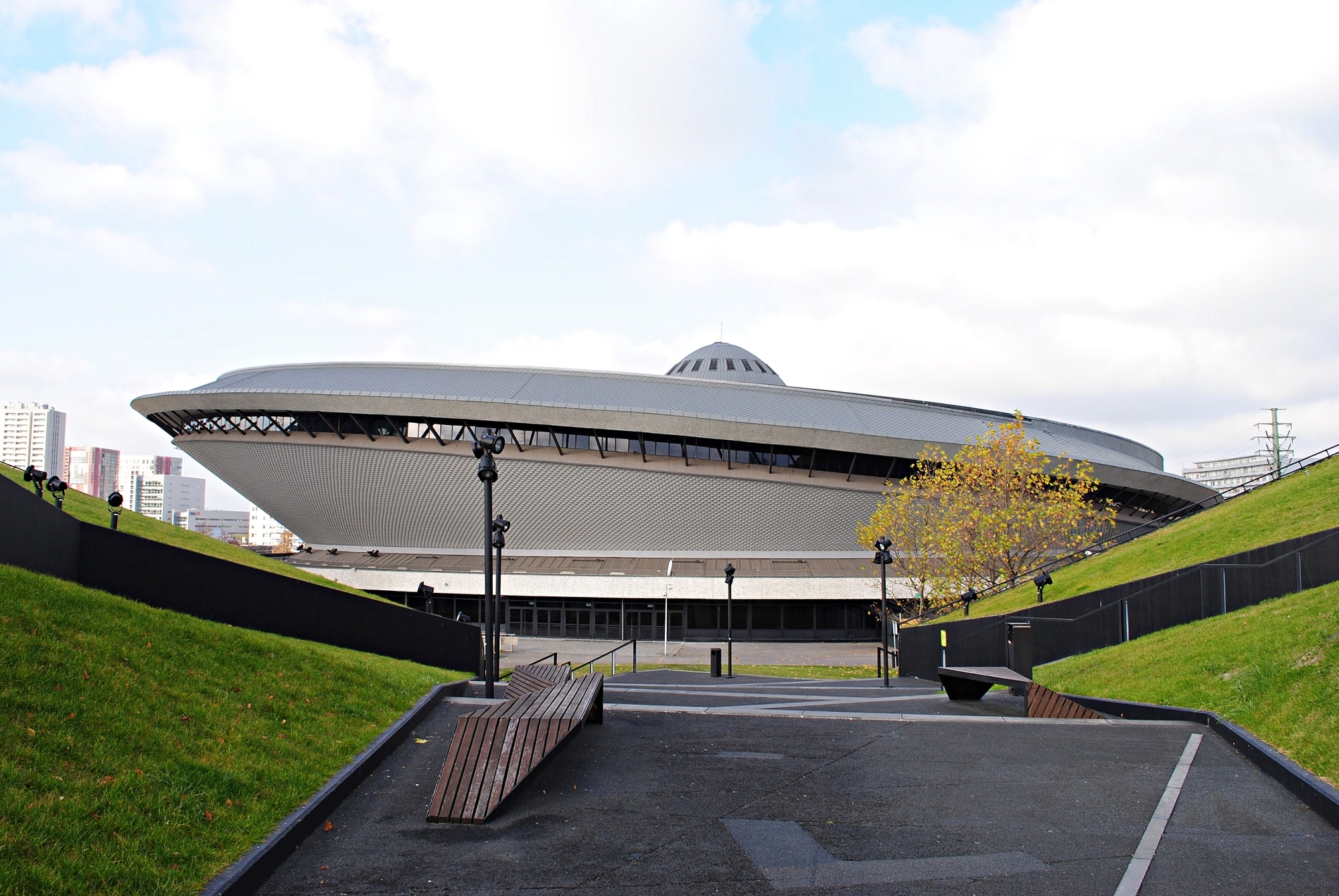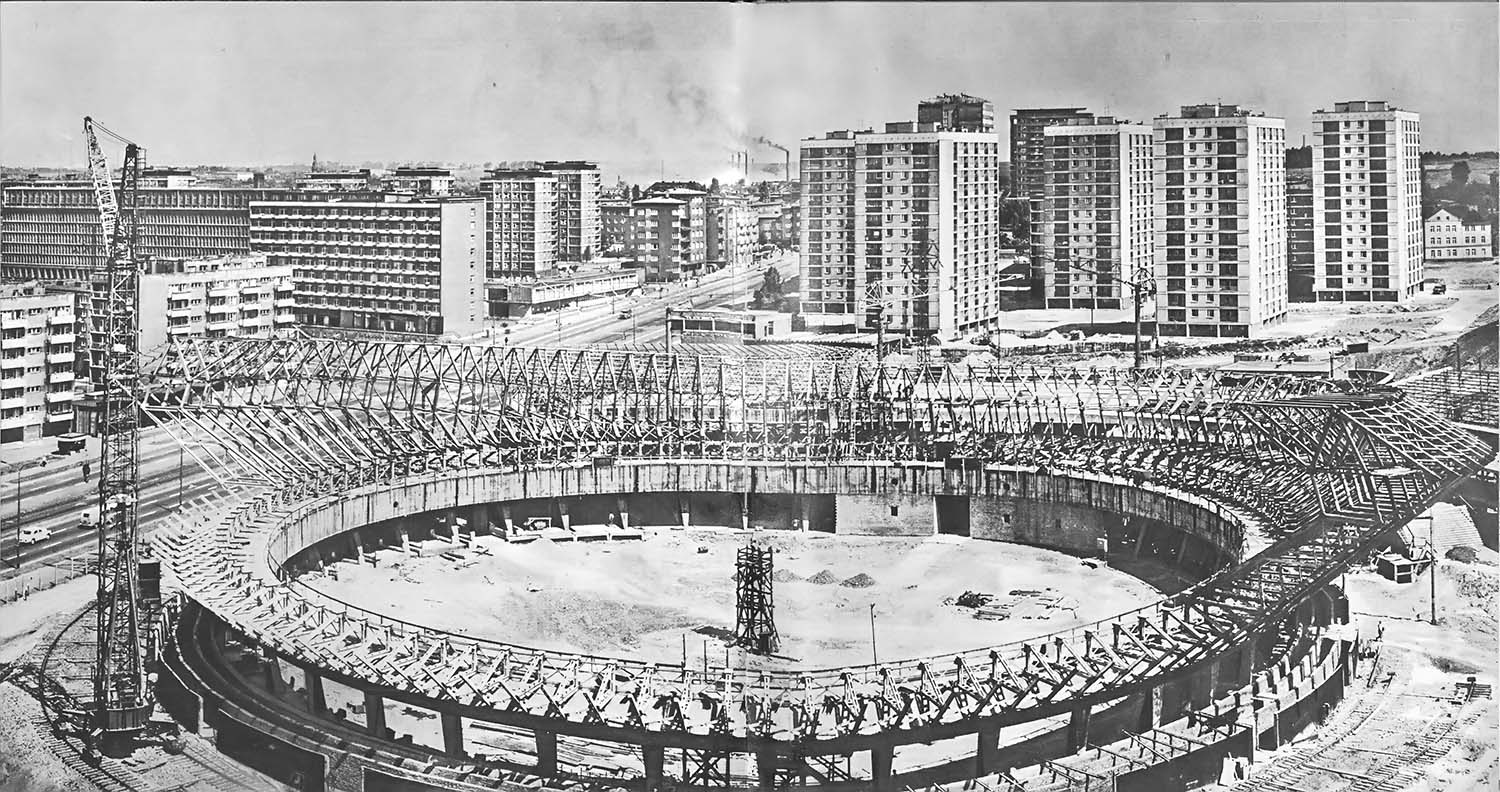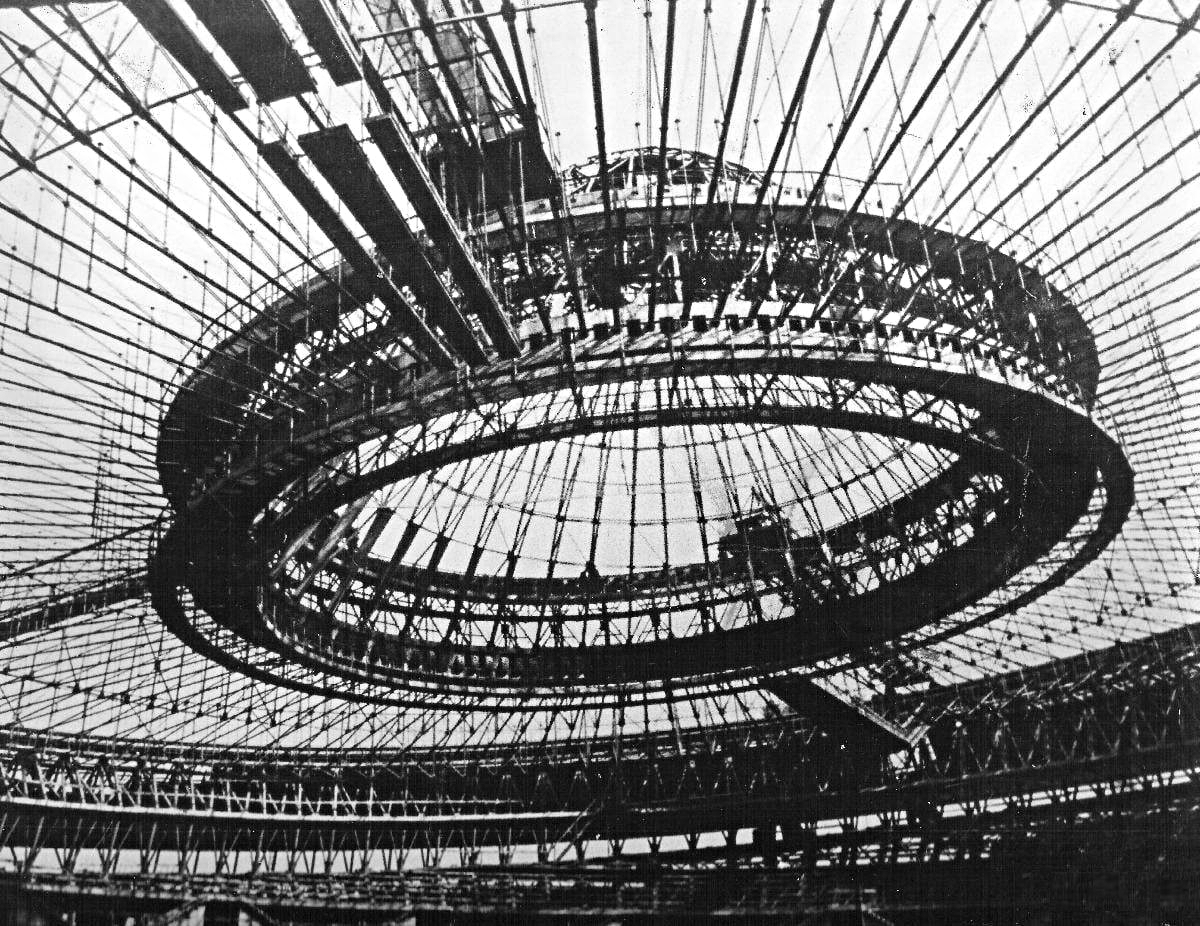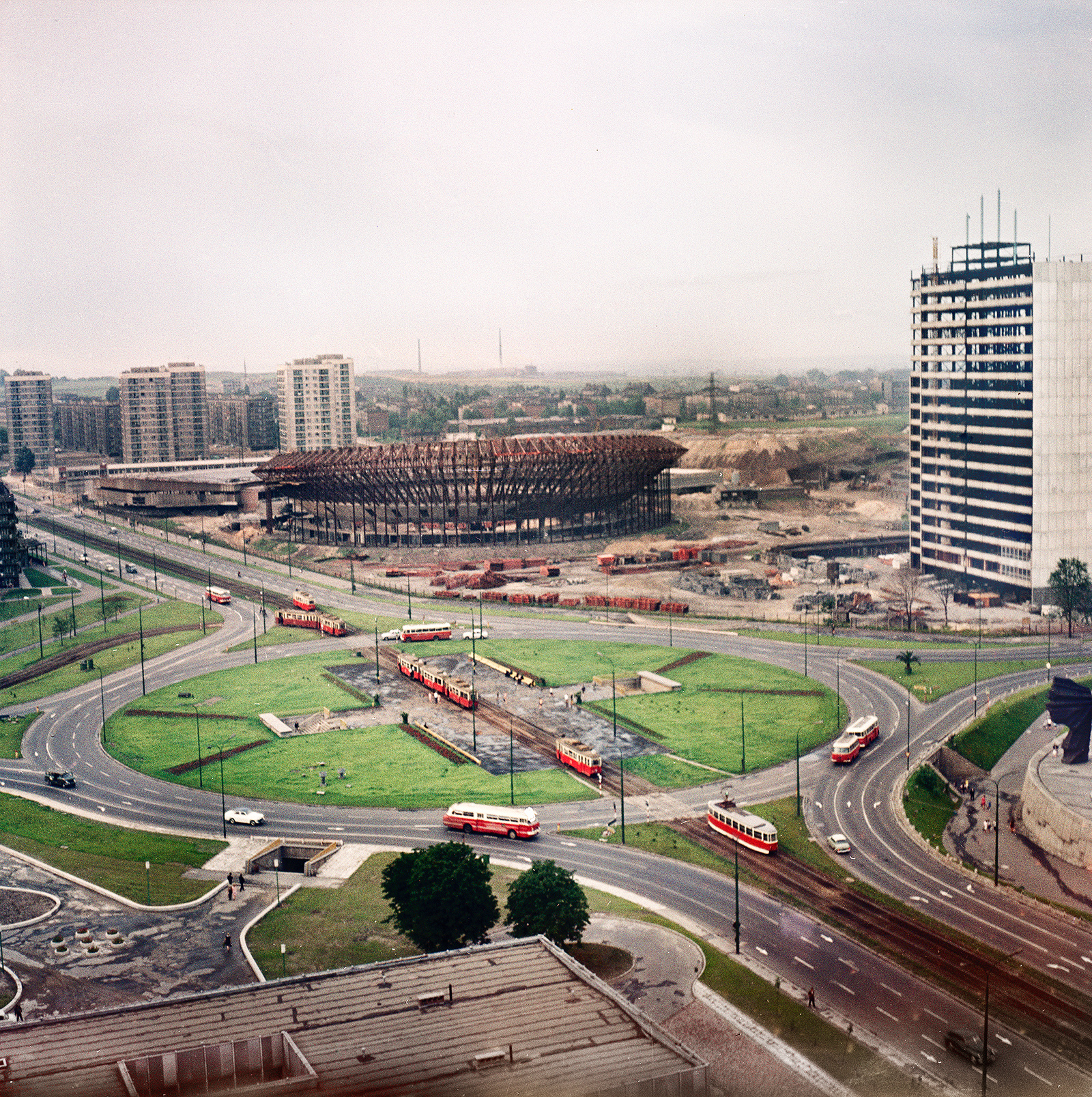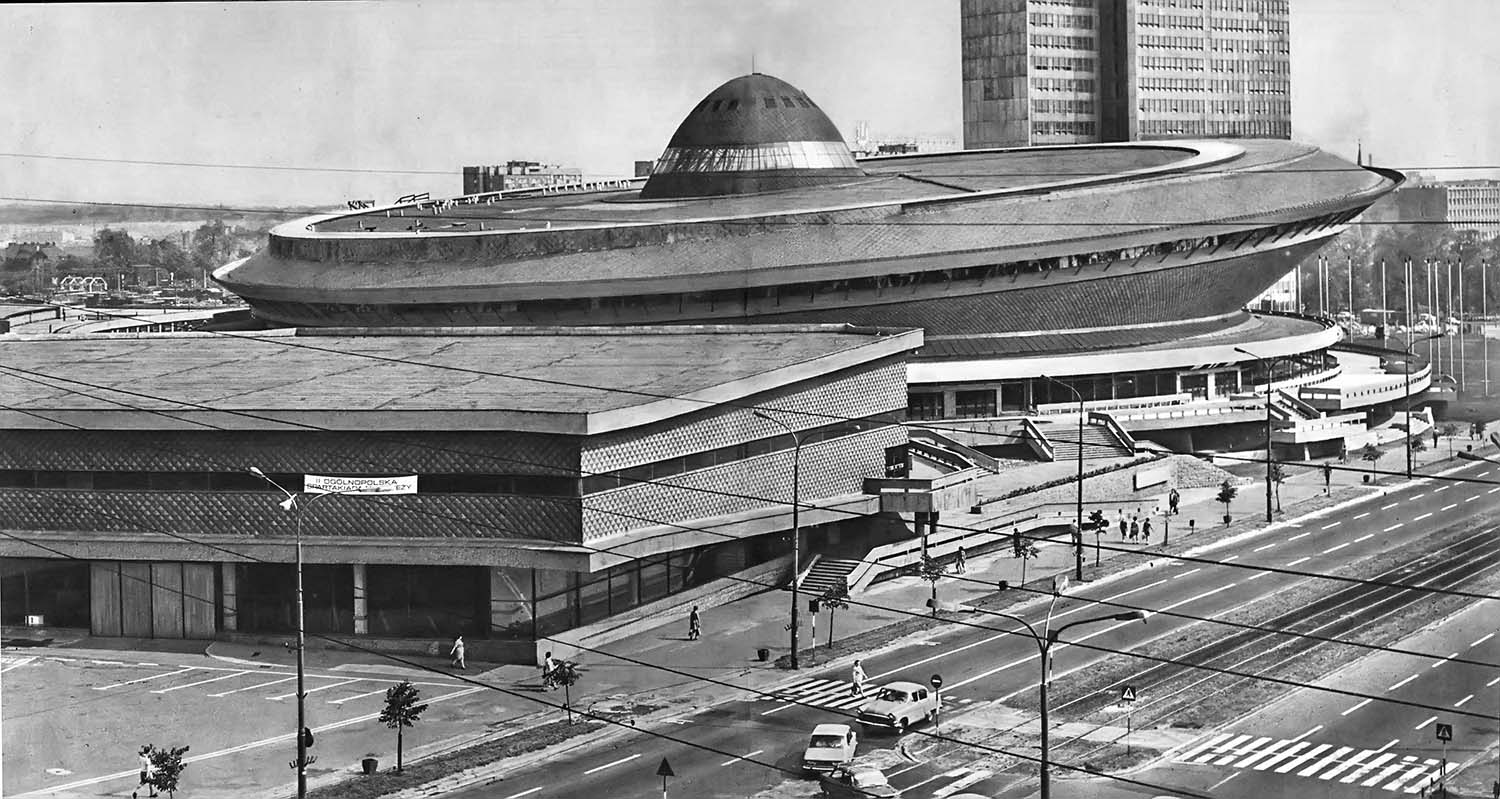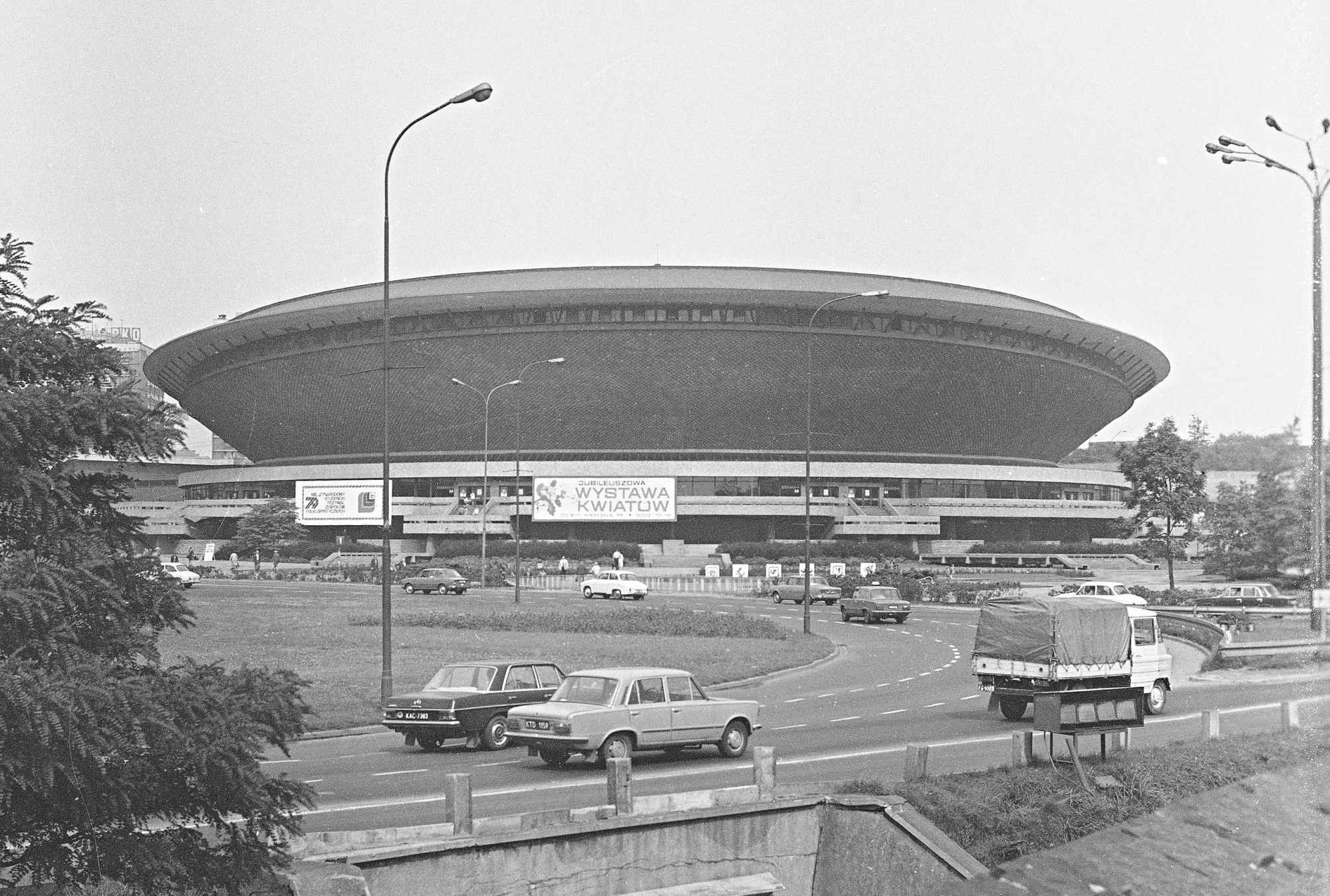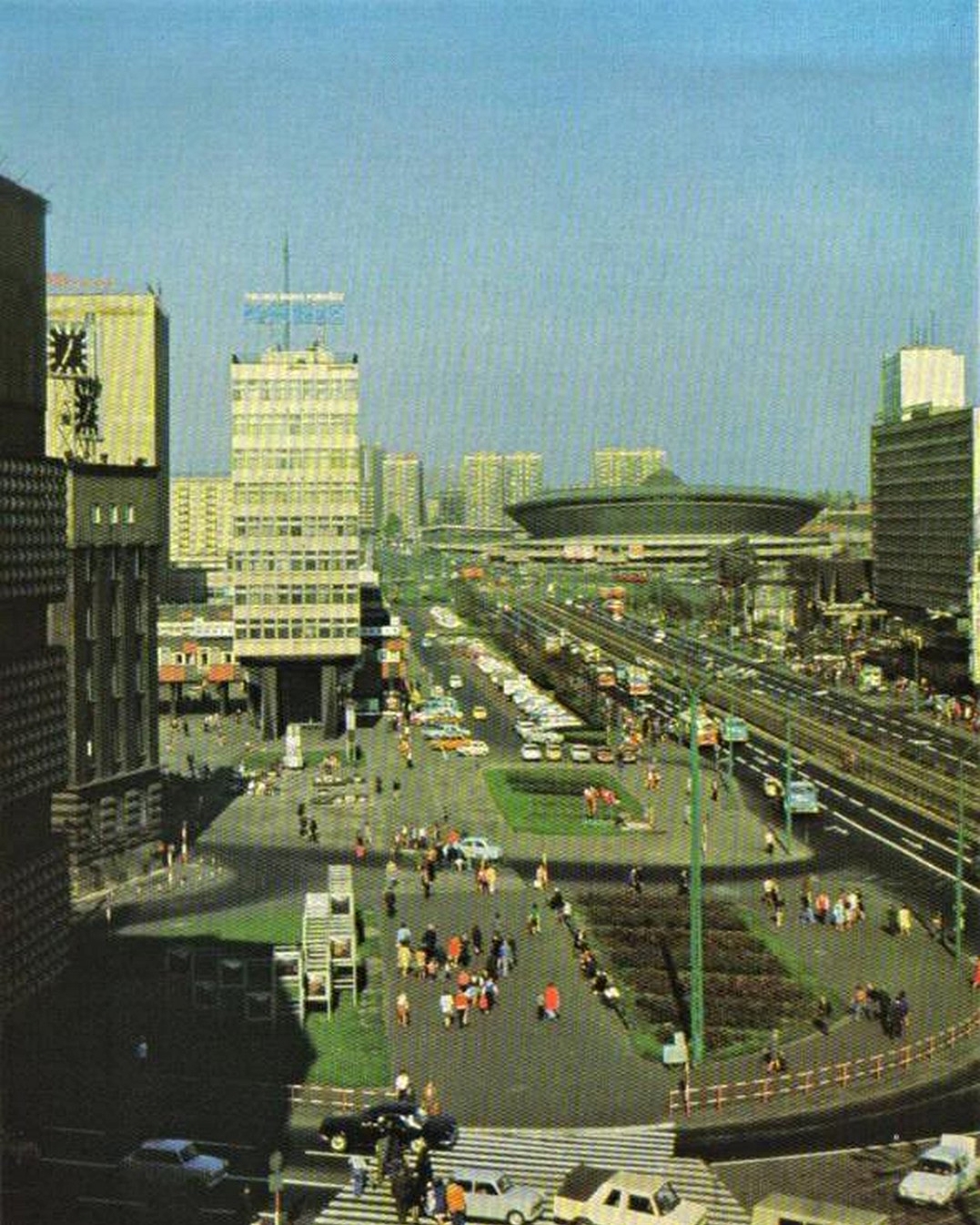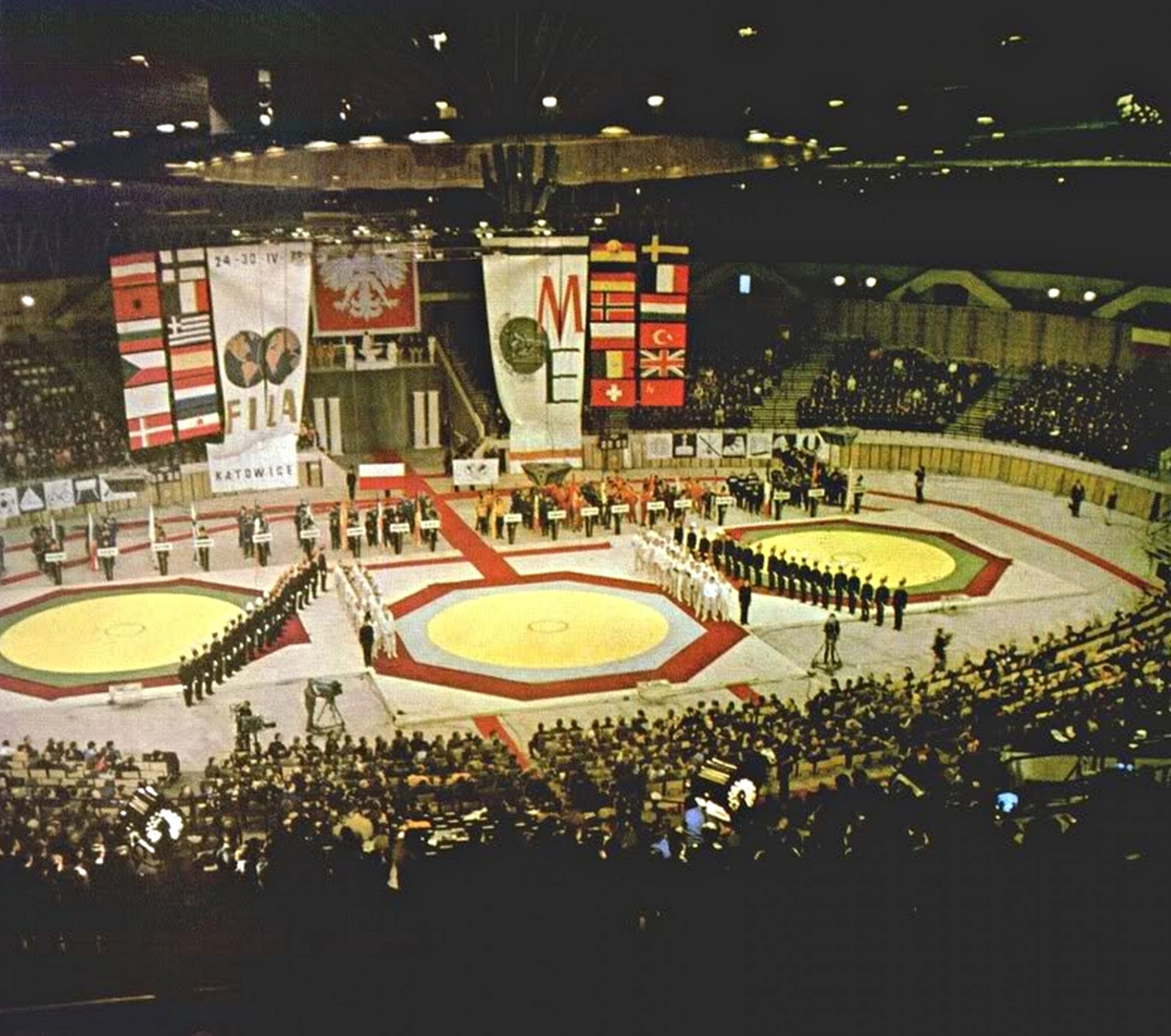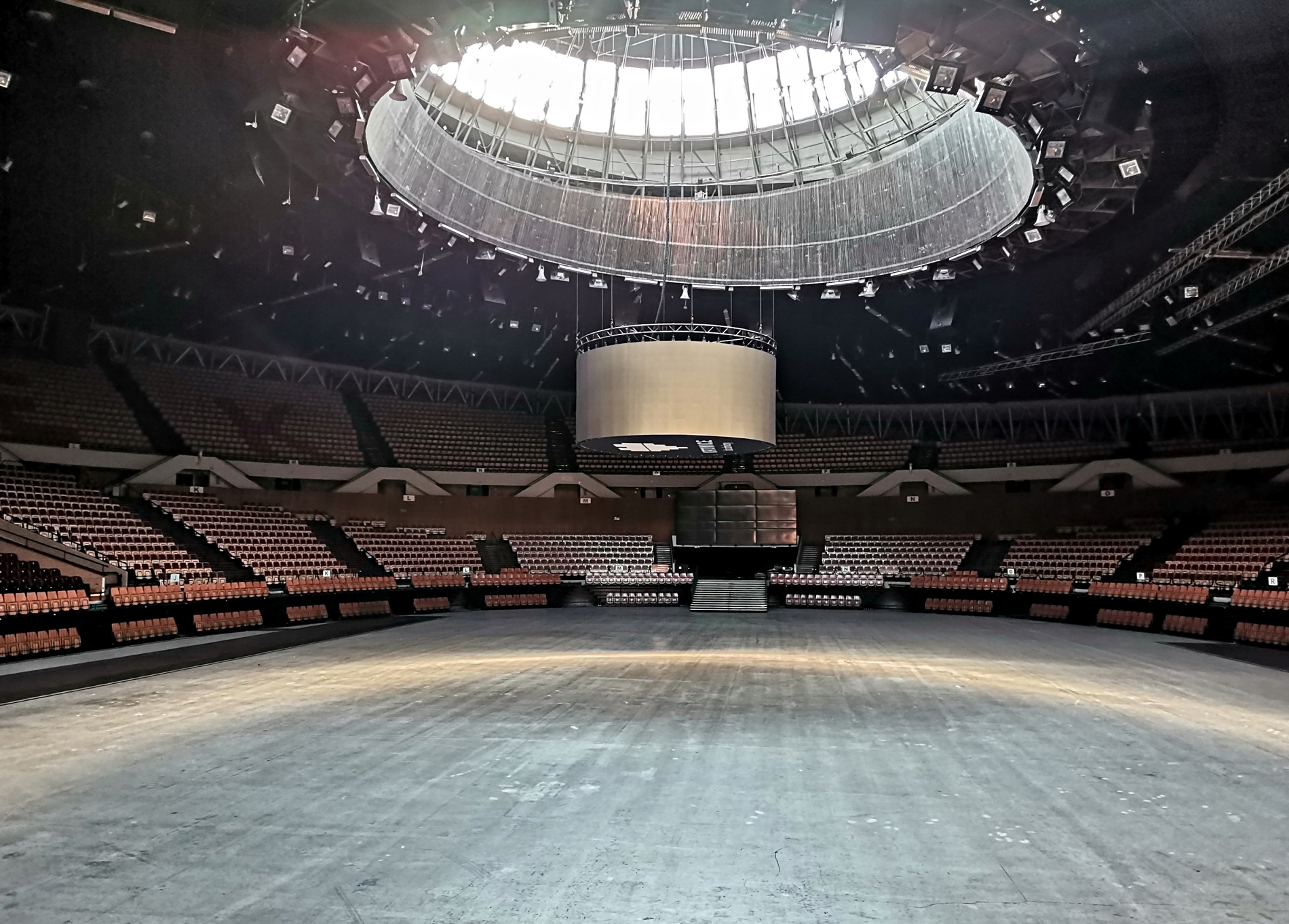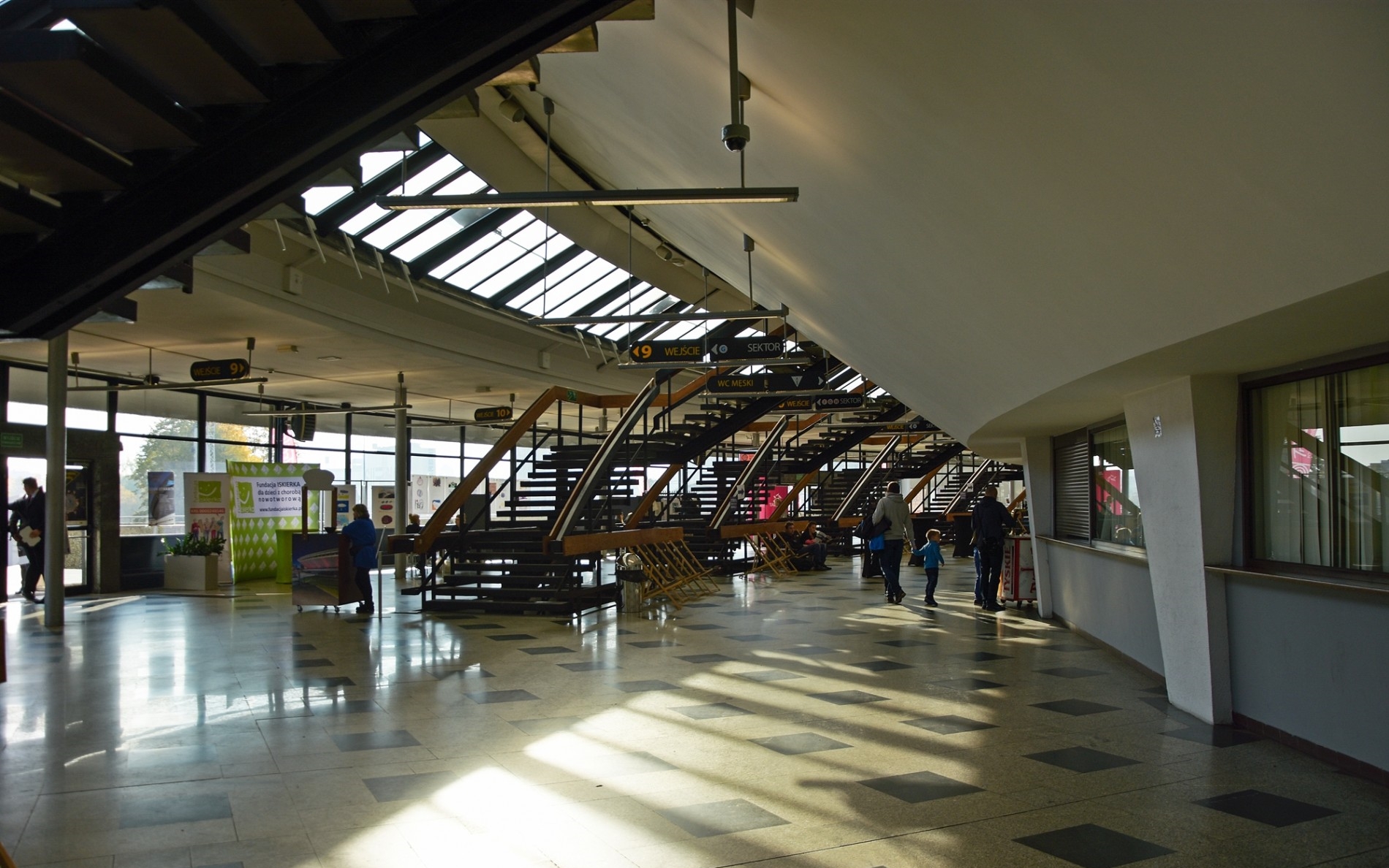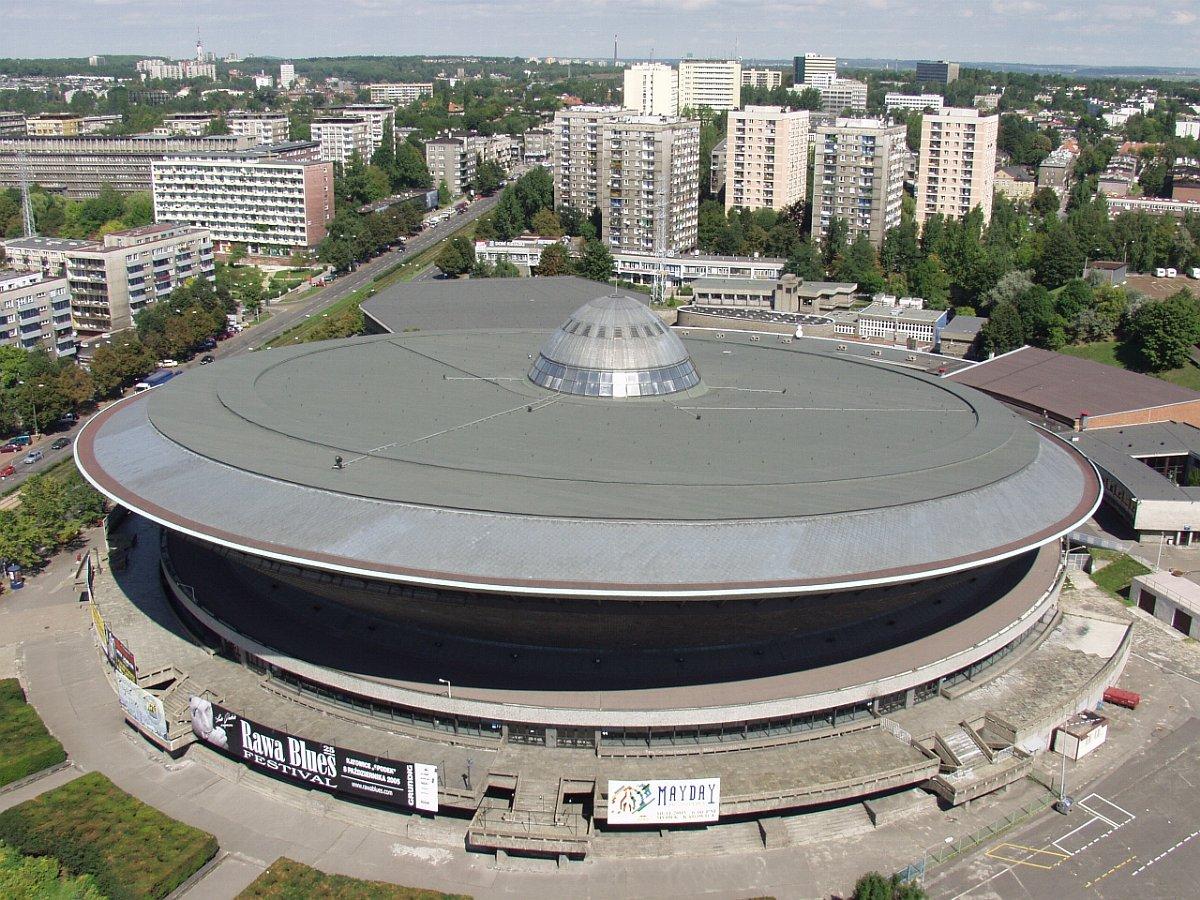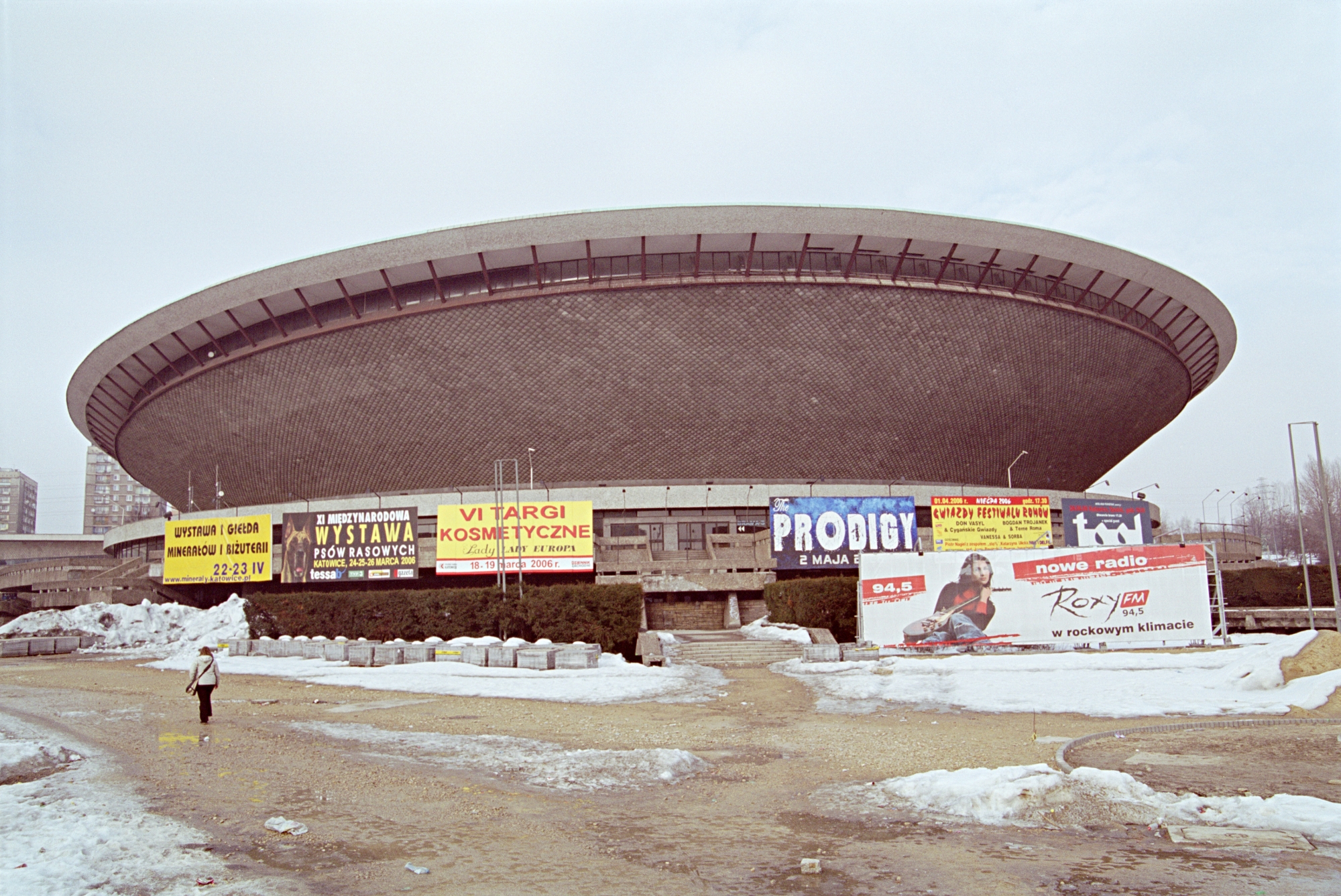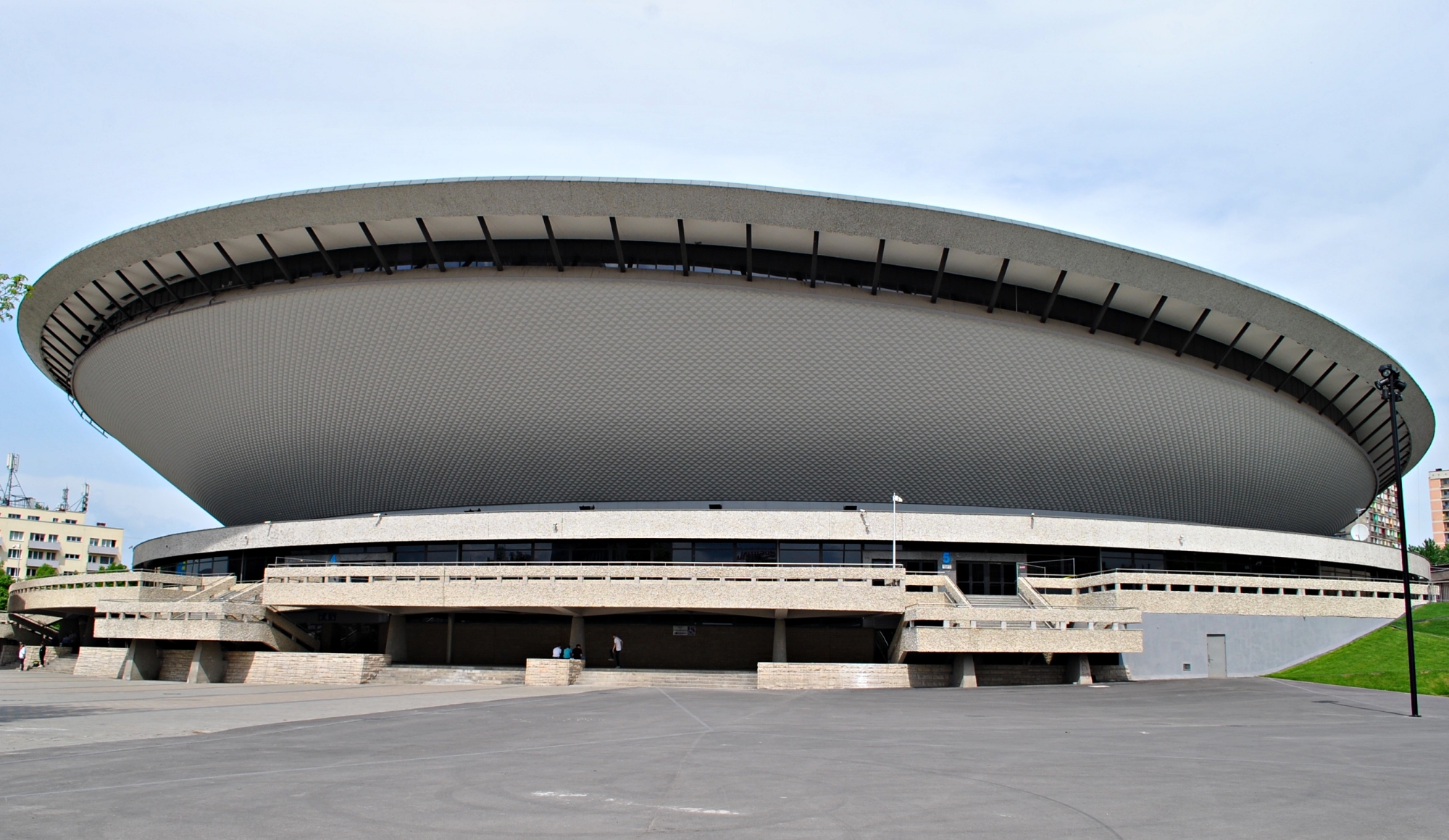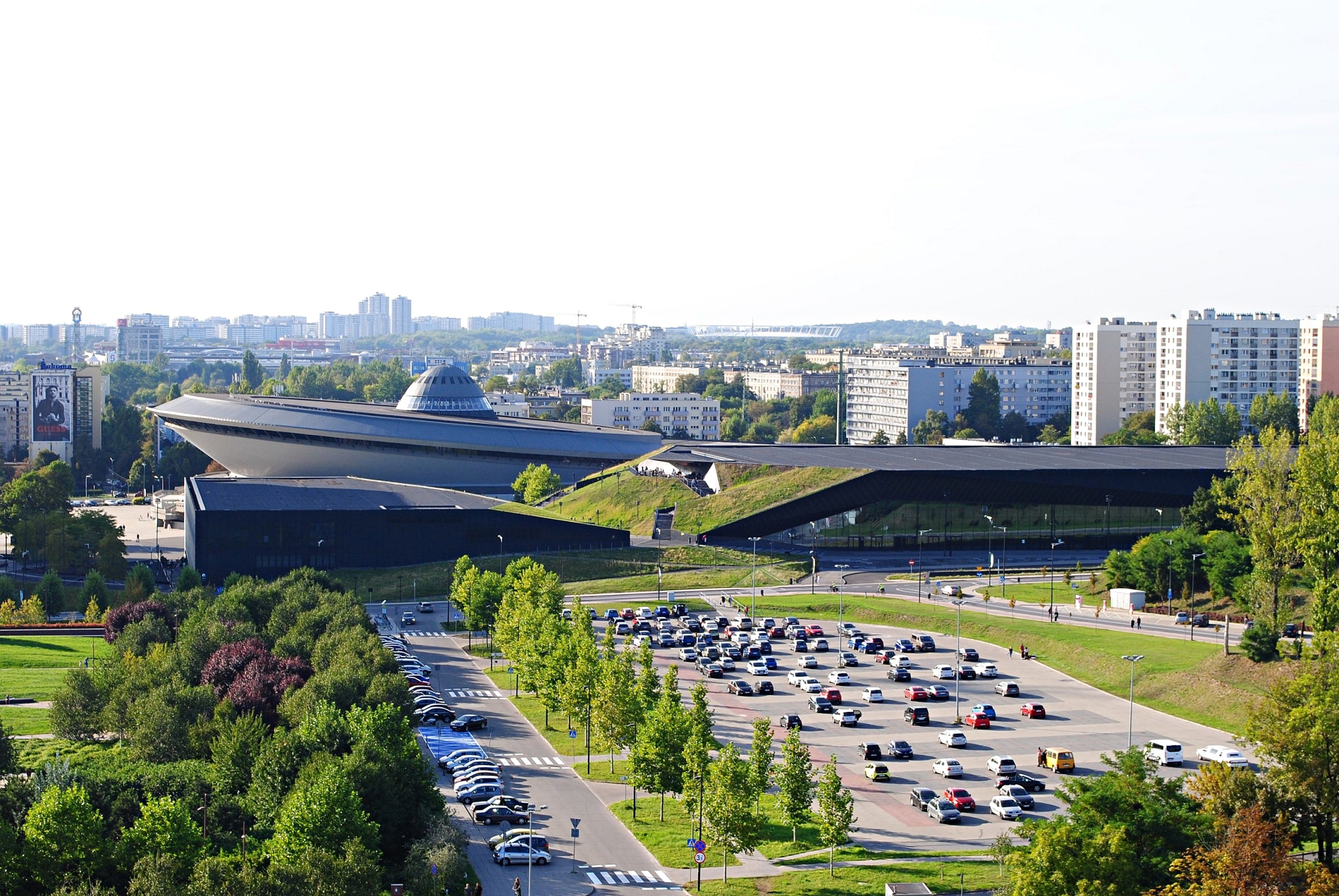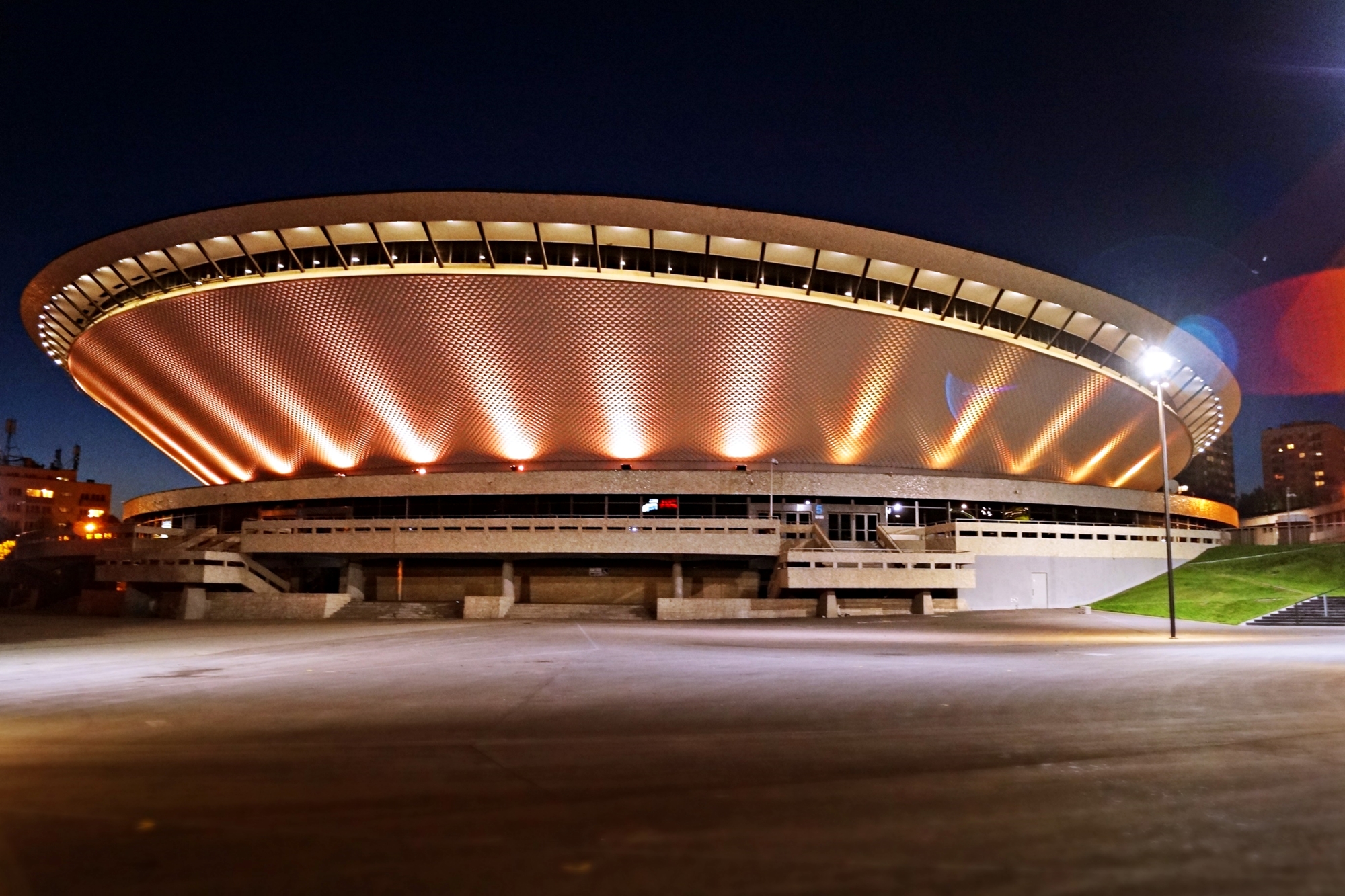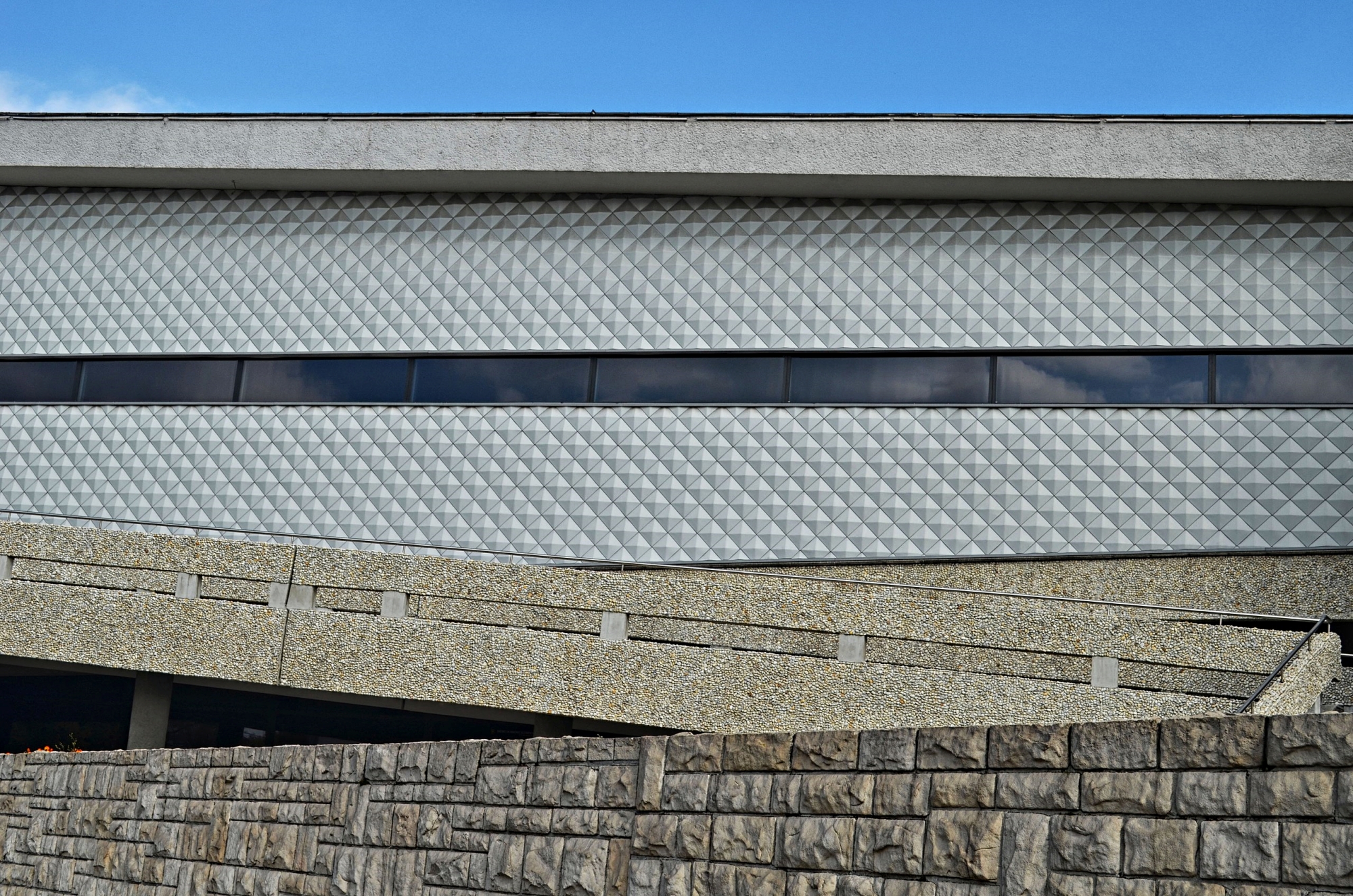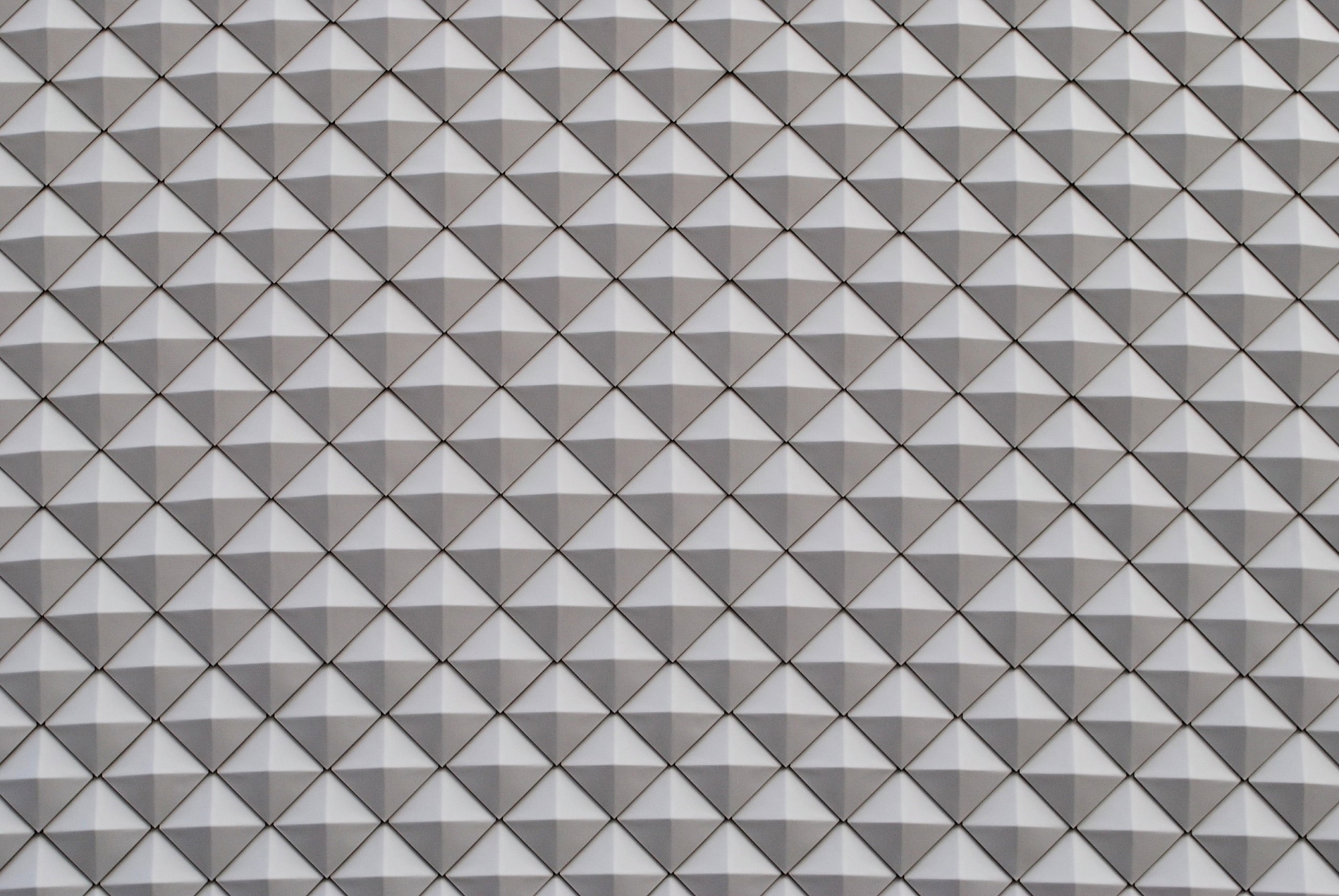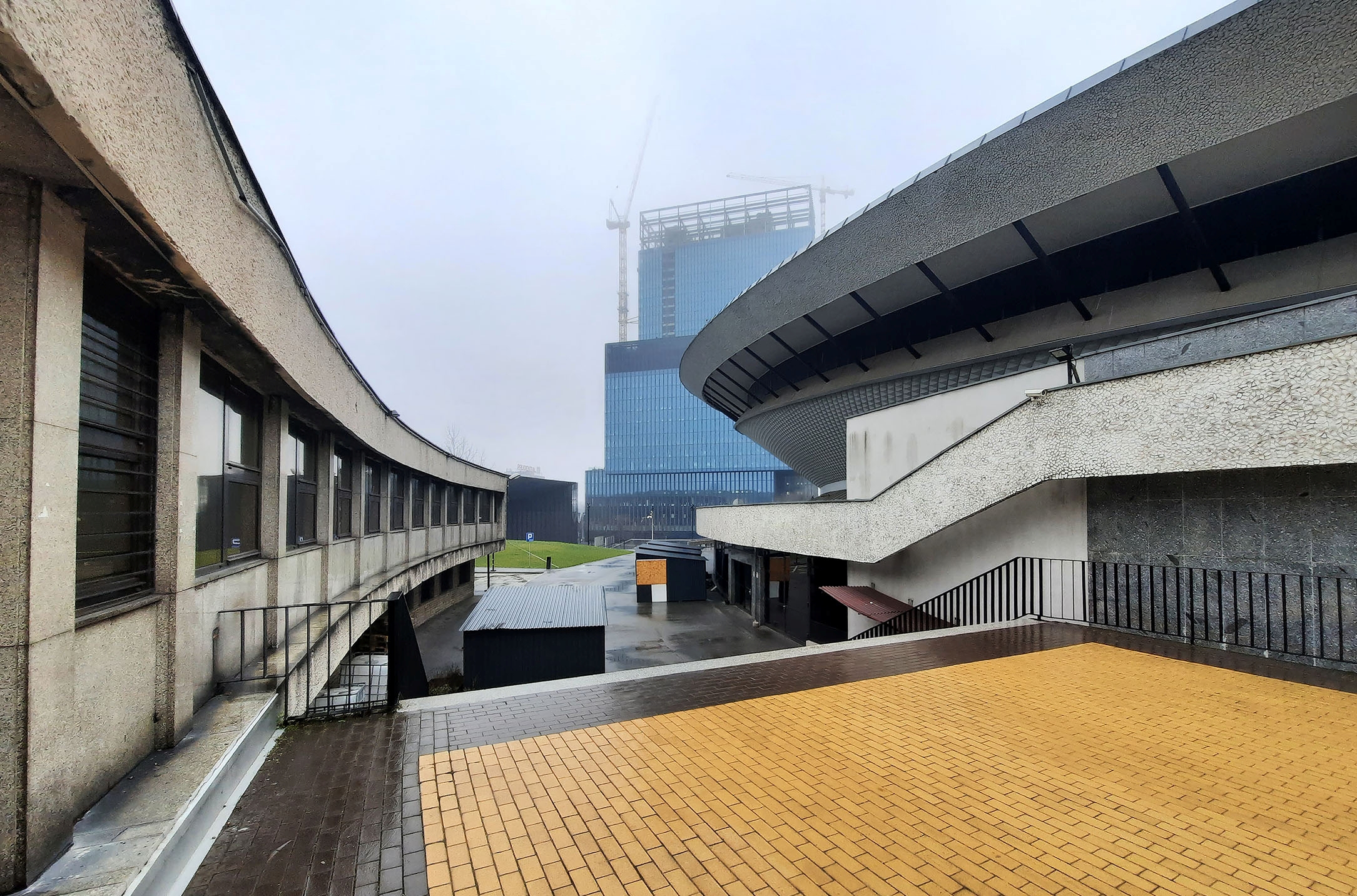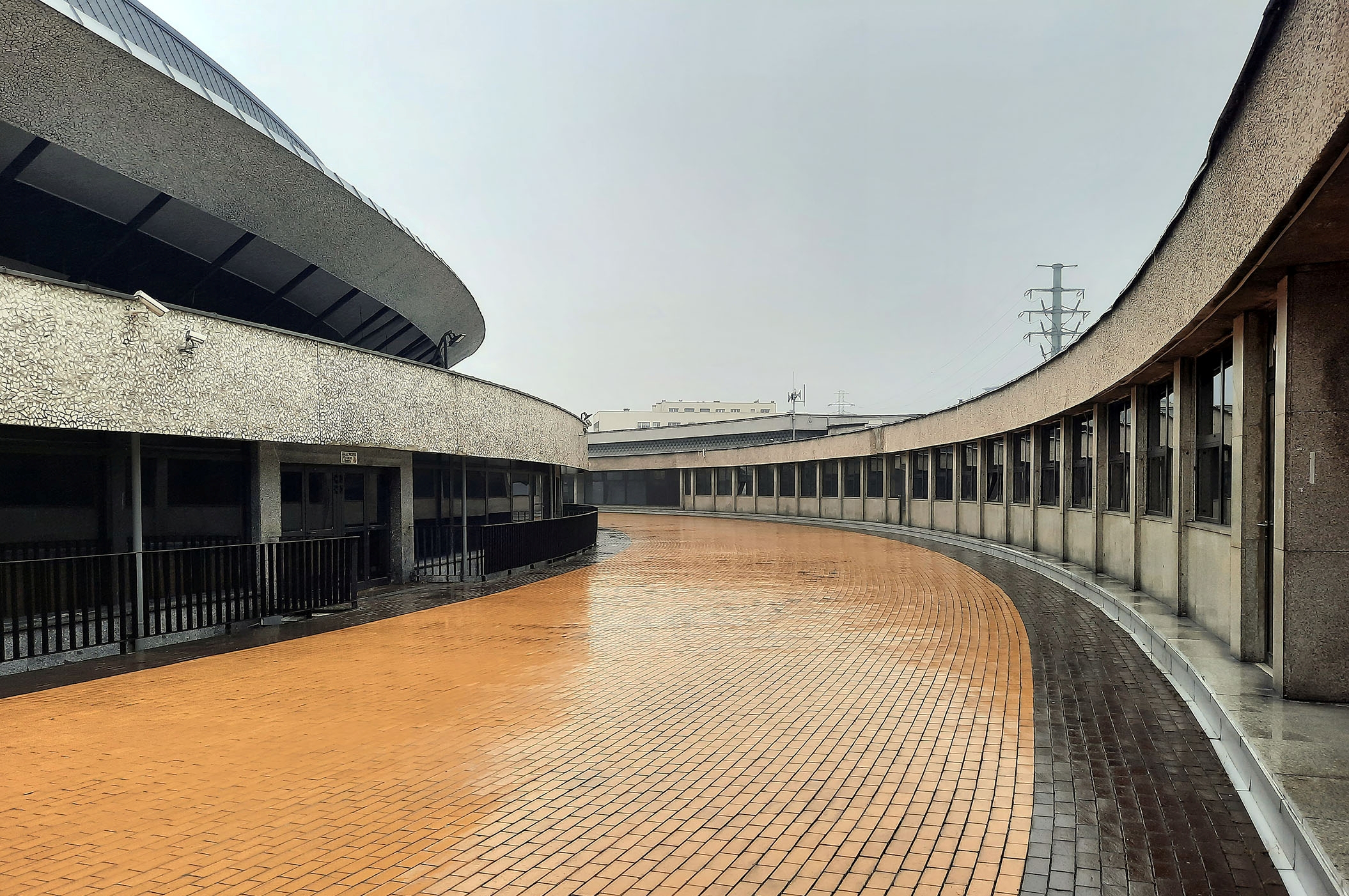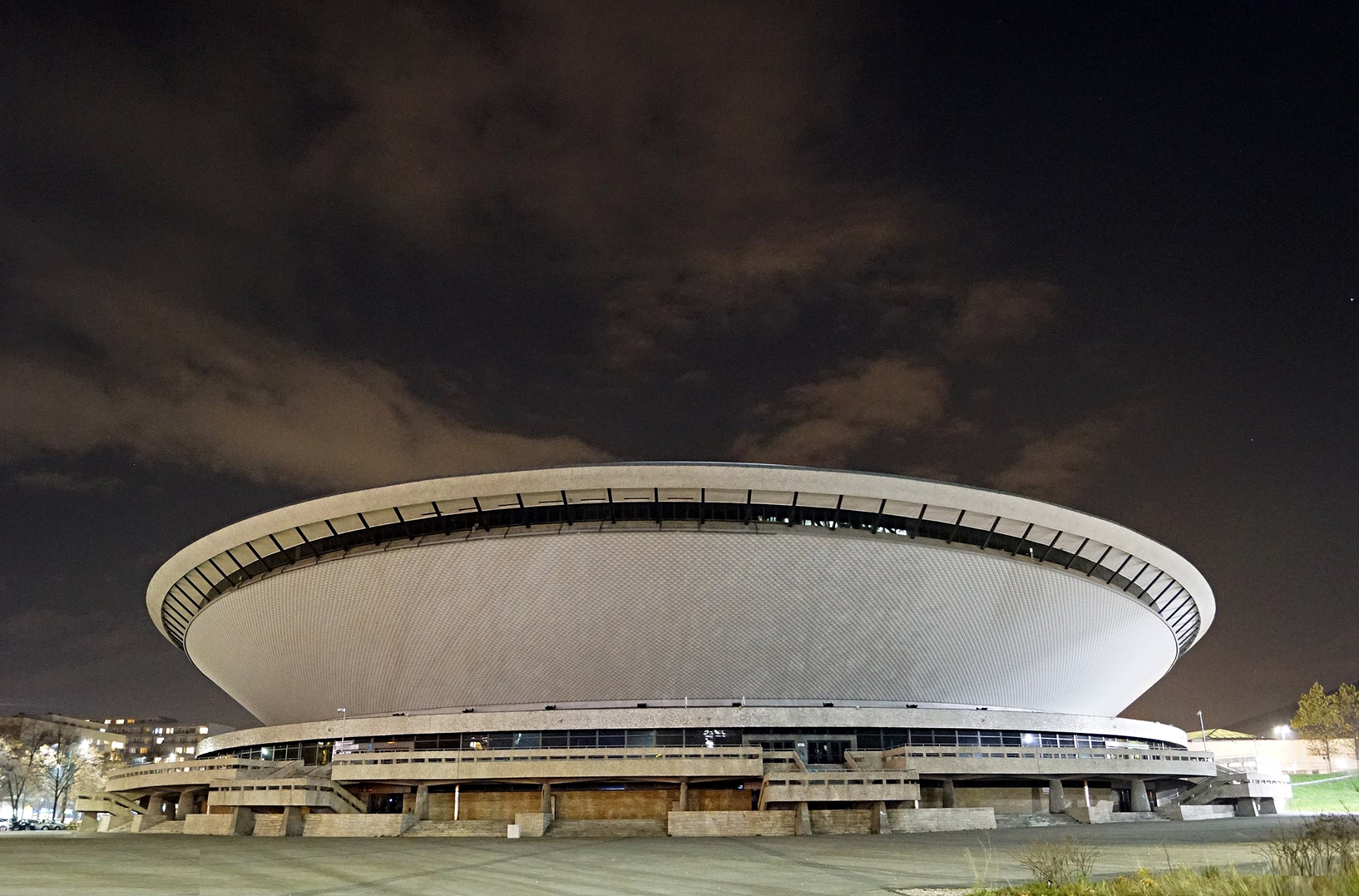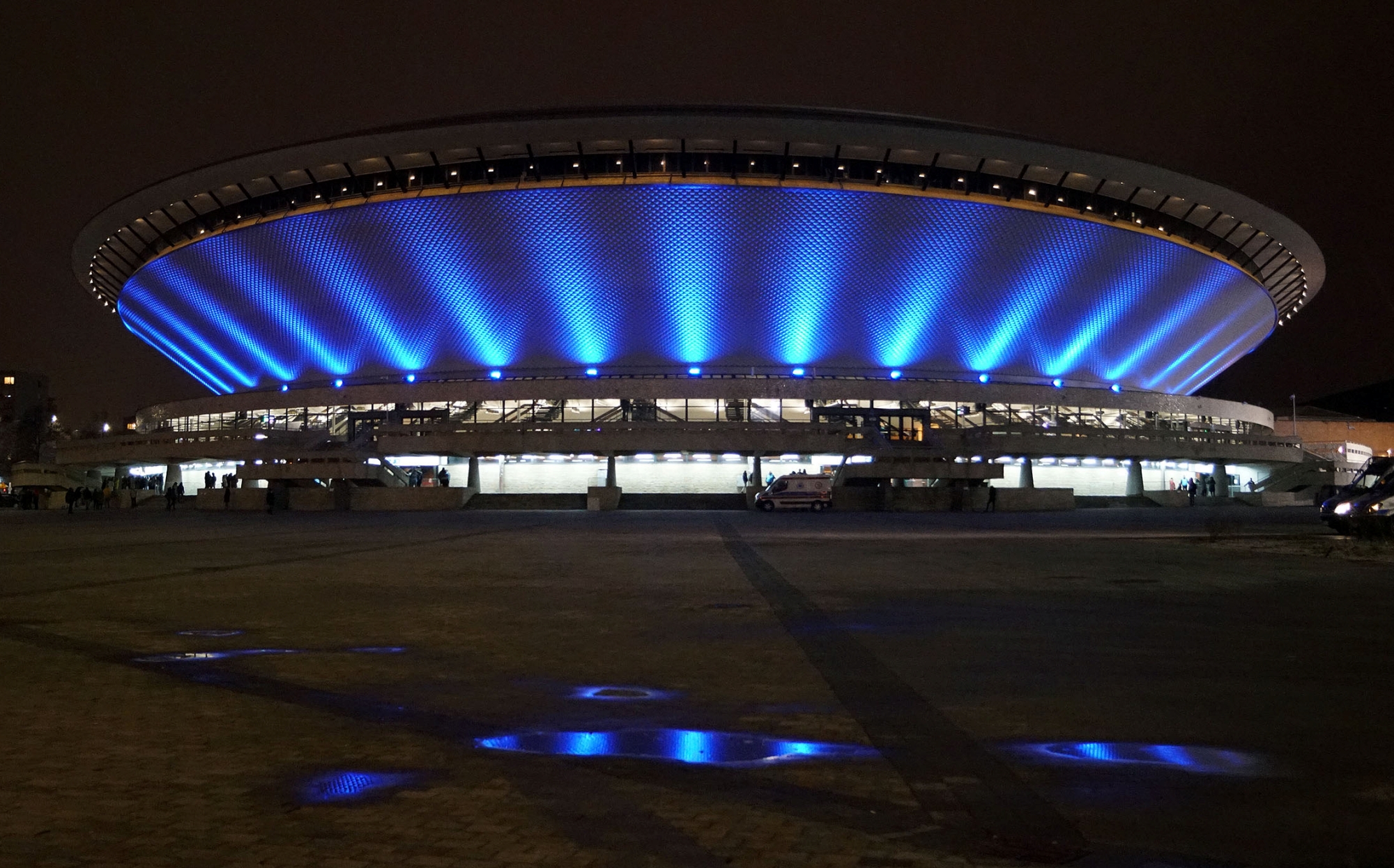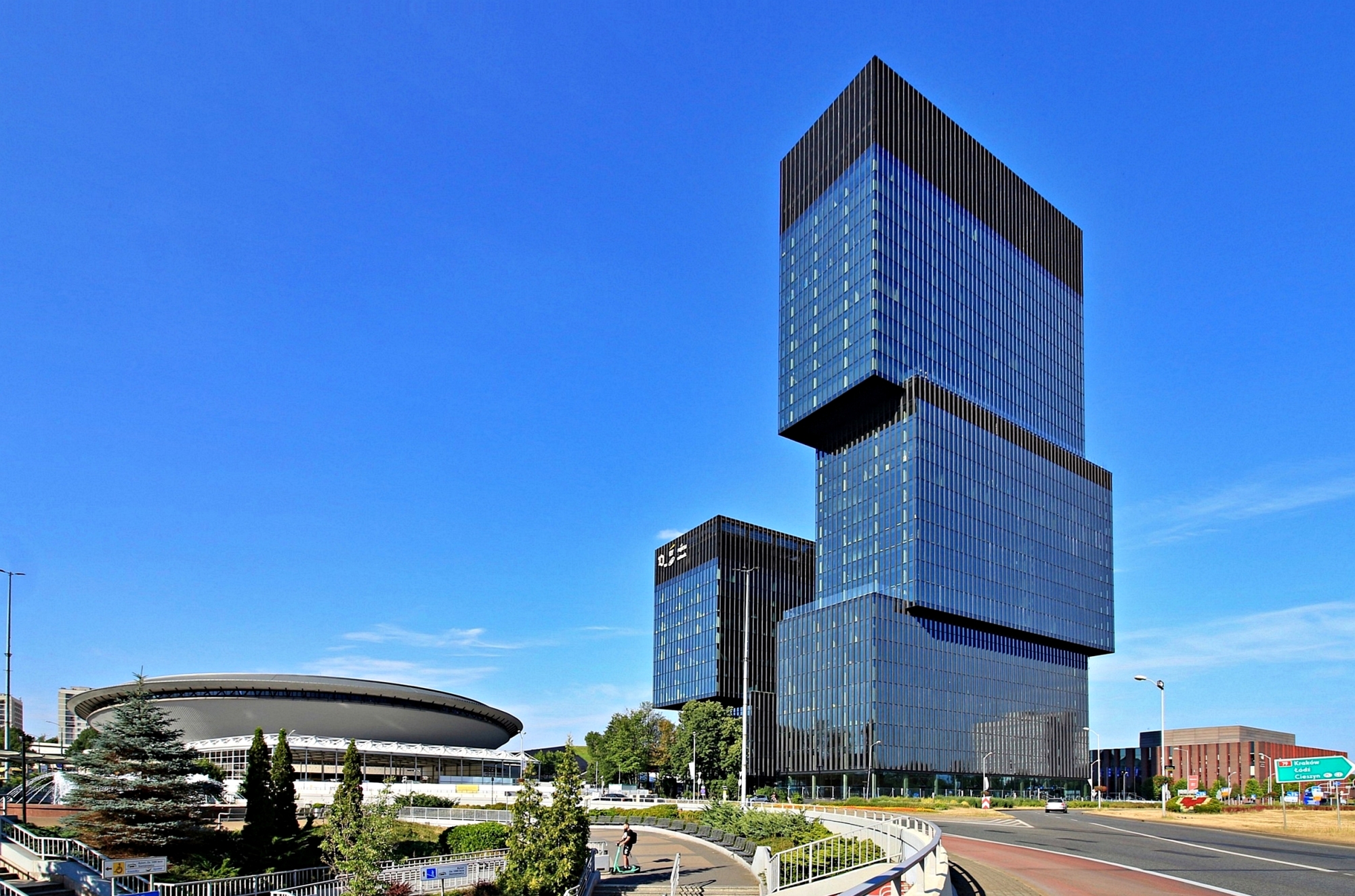Spodek is one of the icons of Polish post-war architecture. This extremely bold and innovative structure was built more than 50 years ago and still impresses with its shape. Today, it is impossible to imagine Katowice without the characteristic sports and entertainment hall with its UFO-like shape. Commissioned at the beginning of the 1970s, the facility was built under the name of the Provincial Sports and Entertainment Hall in Katowice, under which it is known in the architectural literature, and under which it operated until 1997.
The idea of creating a sports and entertainment hall in the area of Katowice (then Stalinogród) appeared as early as 1955. A few years later, the Association of Polish Architects announced a competition for the design of the building. The winner of the competition was a team of designers from the Office for Studies and Typical Projects of Industrial Construction from Warsaw, represented by architects Maciej Gintowt and Maciej Krasiński. The constructor was Andrzej Żórawski, based on the design of a similarly suspended roof of the Warsaw Supersam designed by Wacław Zalewski and built in 1962, about which we wrote HERE.
Spodek on a postcard from the 1980s Source: Biuro Wydawnicze “RUCH”
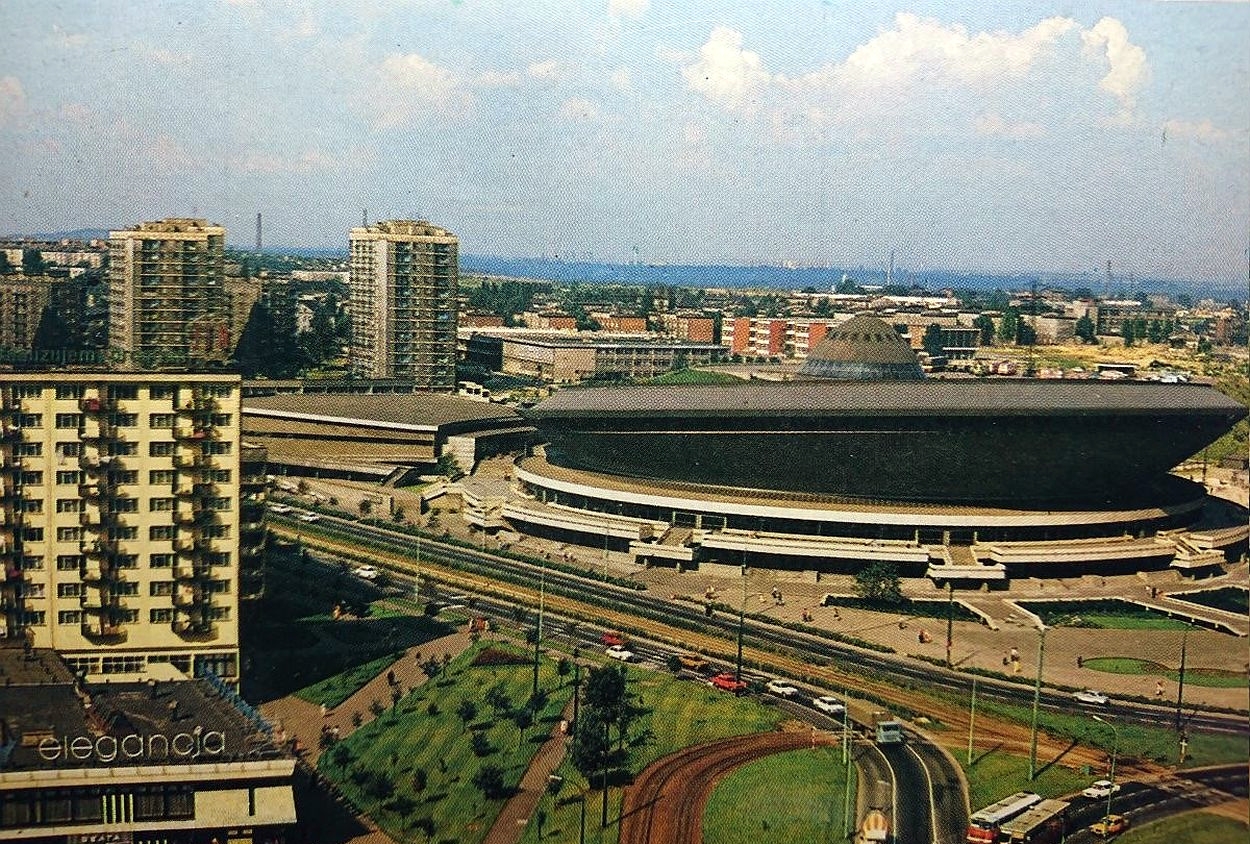
After the presentation of the project, a location near the city centre was determined, on the site of a former smelter heap. Construction work began in 1964, but was interrupted for 18 months due to suspected construction errors. The entire facility was officially opened on 8 May 1971. 200 million PLN was earmarked for the investment, but the final cost was around 800 million PLN. It is one of the first buildings in the world with a roof realised in the tensegrity concept. The term comes from the English language and defines a structure in which tensile and compressive elements are mutually stabilised. Weighing 300 tonnes, the steel structure of the dome is connected to the outer steel ring by 120 load-bearing cables in the form of bar-and-tension trusses, on which the roofing is mounted. On the outside, the building is covered with scales, i.e. tiles made of resin compound.
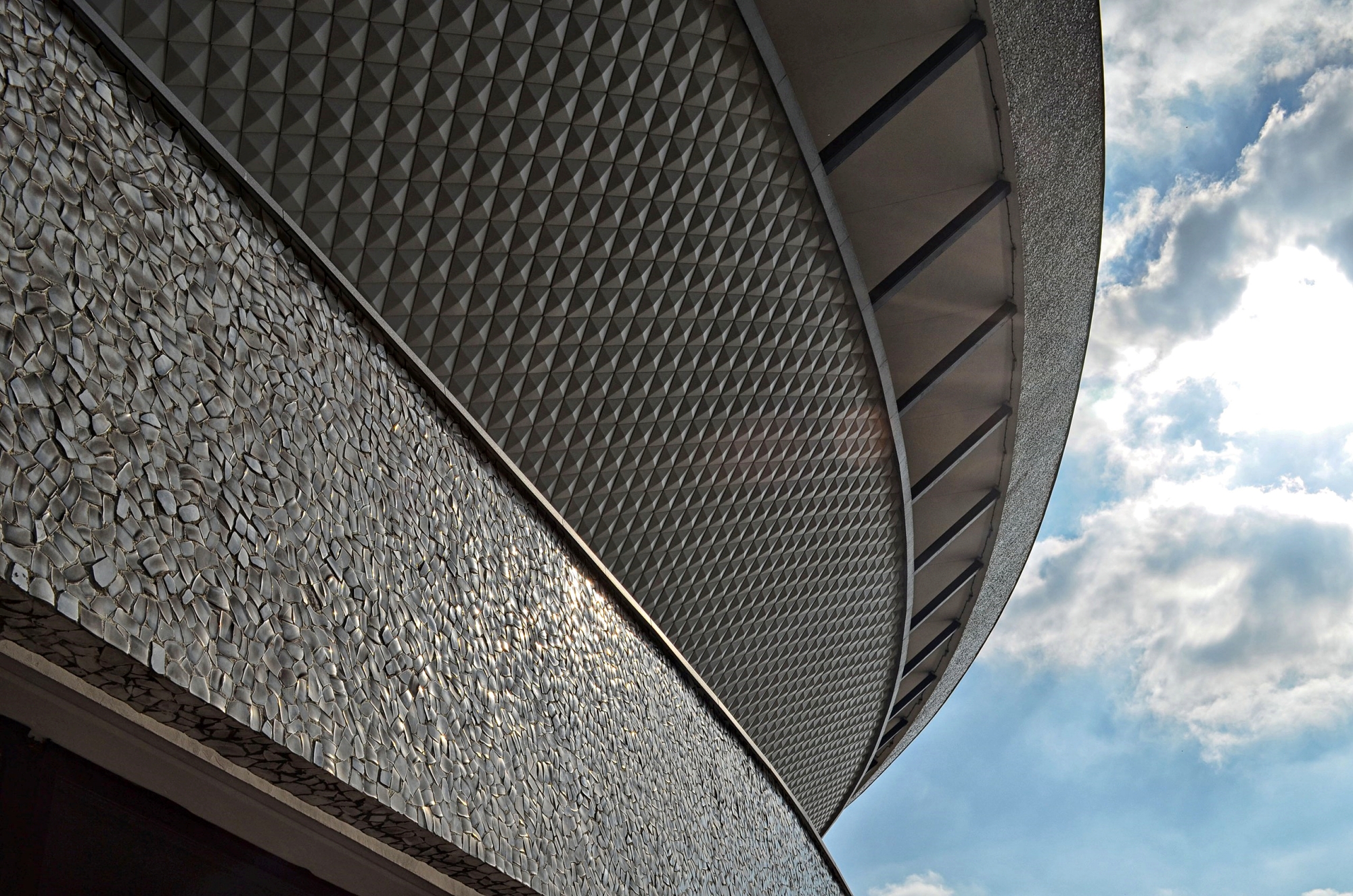
From the outside, the main hall’s shape is somewhat reminiscent of a flying saucer, a result of the combination of the two primary functions planned for the facility: a sports hall and an auditorium. The auditorium schemes in the two cases differ considerably: the former favours a central arena layout, the latter a directional layout. From the inside, the auditorium is an exemplary example of sculptural modernism. Directly adjacent to the arena are an ice rink, a gymnasium and a hotel, all of which are connected by a so-called mezzanine. For many years, Spodek was used not only as an arena for major sporting events or musical performances, but also as a venue for party and state meetings. It hosted, among others, Fidel Castro, Leonid Brezhnev and Nicolae Ceaușescu. It later became a venue for important opposition gatherings. In 1980, it was the venue for a meeting of representatives of the company structures of the Independent Self-Governing Trade Union “Solidarność” with the union’s national authorities – the National Consultative Commission and Lech Wałęsa.
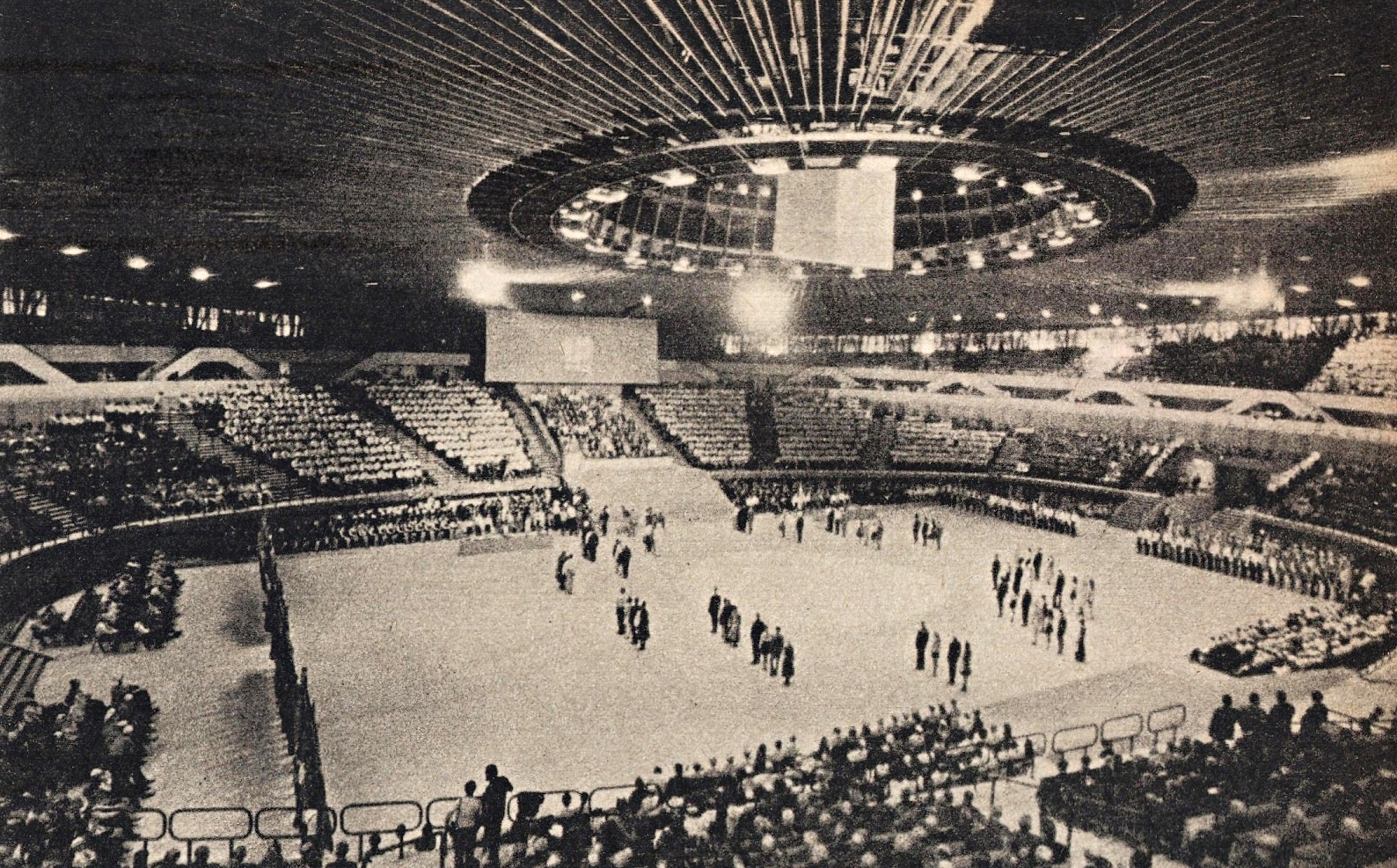
In 2009, the hall underwent modernisation. As part of this, the auditorium was enlarged – new features included seats that extend out onto the pitch and VIP boxes. Modern lighting was also installed to enable HD television broadcasts and a giant LED screen in the shape of a cylinder. At the end of March 2011, renovation of the facility’s façade began. on 2 May 2016, the management of the venue was taken over by PTWP Event Center sp. z o.o. of the PTWP SA group. The Spodek hosts volleyball, basketball, handball and ice hockey matches, music concerts, special events, scientific conferences, congresses and assemblies of Jehovah’s Witnesses, circus performances, revues on ice, circus revues, trade fair events and more.
Source: historiaposzu.pl, spodekkatowice.pl
Read also: Architecture in Poland | Modernism | City | History | Interesting facts | Katowice

